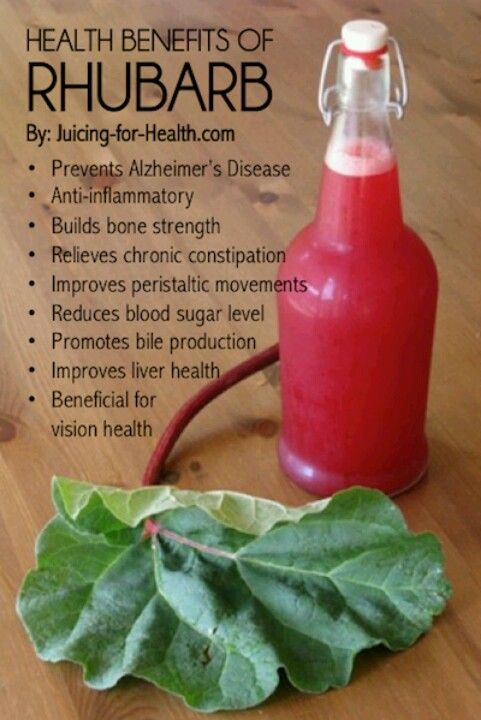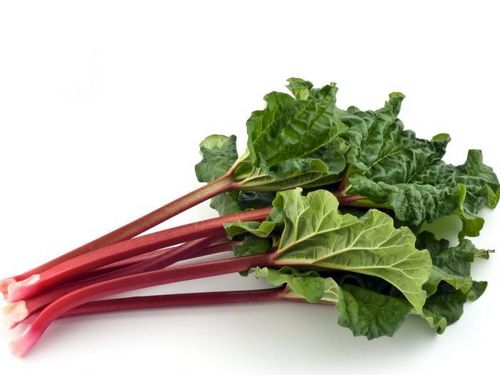
The plant known as rhubarb, which includes sweet and sour varieties, is native to Asia and the Mediterranean region and has been used by humans for thousands of years. The plant is native to Europe as well and is now used extensively in cooking and for medicinal purposes.
Rhubarb is an edible plant that is derived from wild to cultivated plants belonging to the genus Rheum in the genera Polygonum in the subfamily Rhizomeae. The rhizome is the plant’s underground stem. The entire plant – a succulent perennial, with a stigmatic ovary – is also known as sweet rhubarb or gooseberry.
The plant’s culinary uses are legendary. Some of the most familiar sweet or tart varieties are the popular raspberries, the tart cranberries, the pinkish red grapefruits and the sweet gourds. Other varieties are used in baking, beverages and health food preparations. Among the more exotic varieties are the purple raspberries and the Chinese orange and red pears.
Rhubarb’s nutritional and culinary qualities make it an excellent source of vitamins A, C and E. It is an excellent source of calcium. Other valuable nutrients are chromium, zinc, copper and manganese. In addition, the plant is an excellent source of thiamin, niacin and folate. It is also a good source of carotenoids. The antioxidant properties of the plant also contribute to its benefits in protecting against cancer.
Rhubarb’s beneficial characteristics are particularly useful in treating various health problems. It has been used traditionally in China to treat liver and kidney disease, especially in people with chronic liver disease. It is also helpful for reducing high blood pressure and controlling diabetes. It can reduce cholesterol and triglycerides, prevent atherosclerosis and lower LDL (bad) cholesterol levels.
In addition, the plant is helpful for regulating blood sugar. It can also reduce the effects of insulin and other diabetes-related medications.
The root is often added to food as a flavor enhancer, but it can also be used alone. In fact, people with diabetic conditions may sometimes find that their diabetic test levels are better if they consume only the roots of the plant rather than the stems.
There are no documented cases of side effects of using only the roots of the plant as a substitute for sugar or other sweeteners. However, patients who have already developed allergies to sugar should use the rhubarb only in moderation.
One of the reasons why rhubarb is such a popular sweetener is that it tastes good. The flavor of the root is almost identical to that of a raspberry.

Therefore, people can mix it with a variety of fruits and drinks to create a unique flavor.
This versatile and widely used sweetener is also very convenient. Since most people have access to a kitchen and some form of cooking equipment, rhubarb can be used in a wide variety of recipes including pies, jellies, pastries and ice creams.
Other uses for the rhubarb include fruit preparations. Because of its unique fruit pulp composition, it can make a good addition to jams, jellies, preserves, marmalades and syrups. and other fruit preparations. In addition, the pulp can be extracted for use in making tea and jellies.
Because it is rich in fiber and starch, rhubarb has high antioxidant contents. It has also been shown to inhibit growth of cancer cells and to lower cholesterol.
As mentioned earlier, rhubarb has many health advantages. It is a rich source of vitamin A, vitamin C and vitamin E. It can help prevent cancer and other diseases. However, there are also some reported risks associated with this nutritious plant. These risks include bleeding, burning and swelling of the skin, allergic reactions, stomach upset and bleeding of the lining of the digestive tract, skin irritation and gastrointestinal discomfort.
About the author